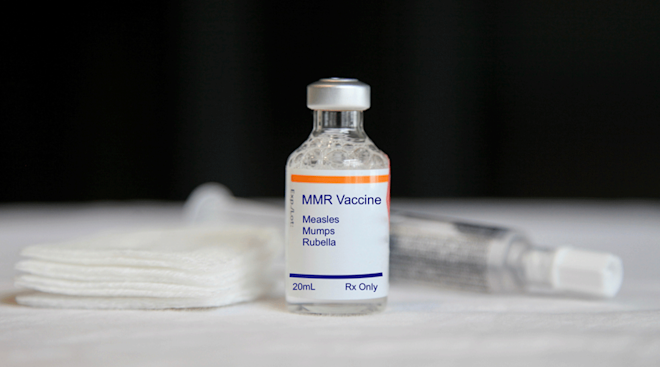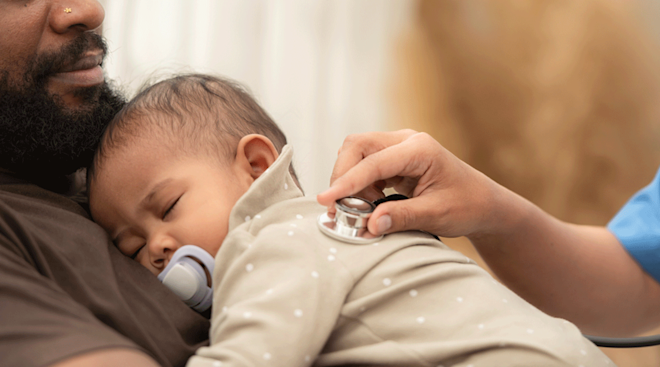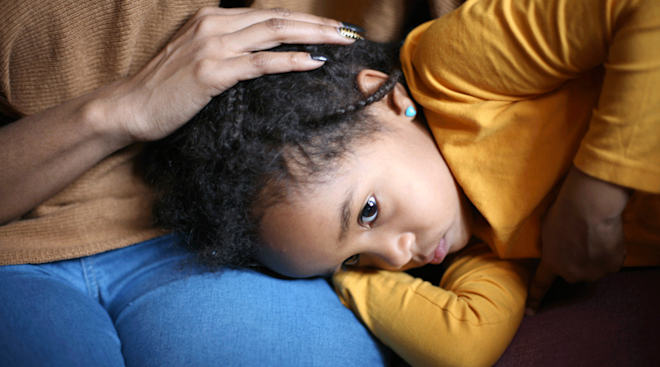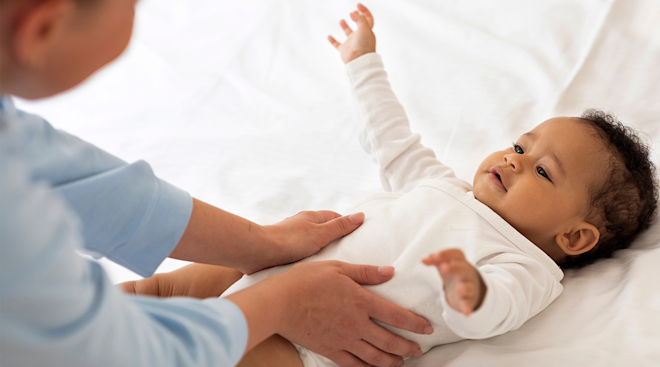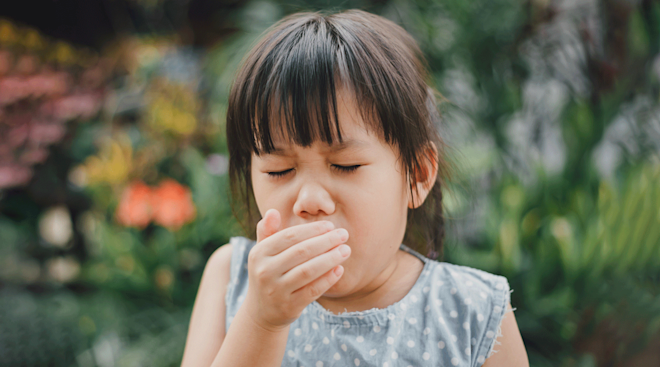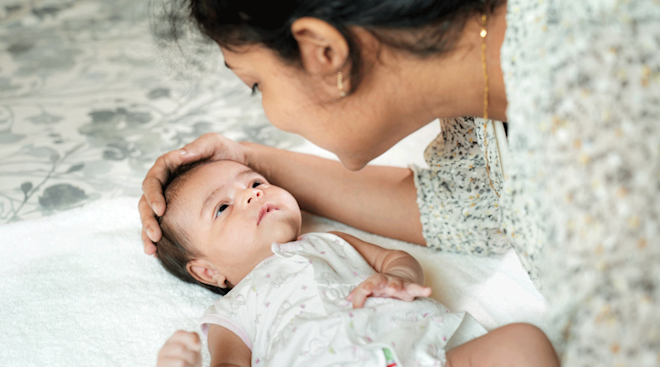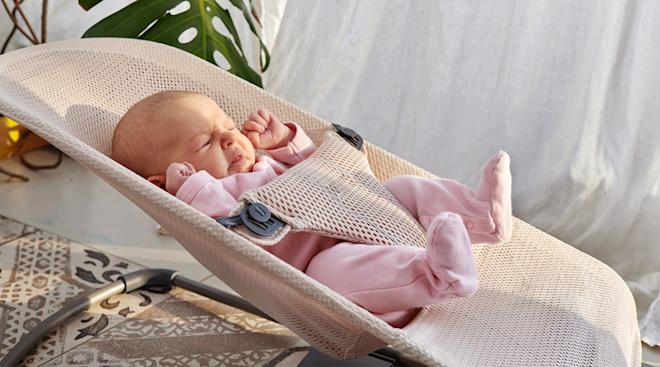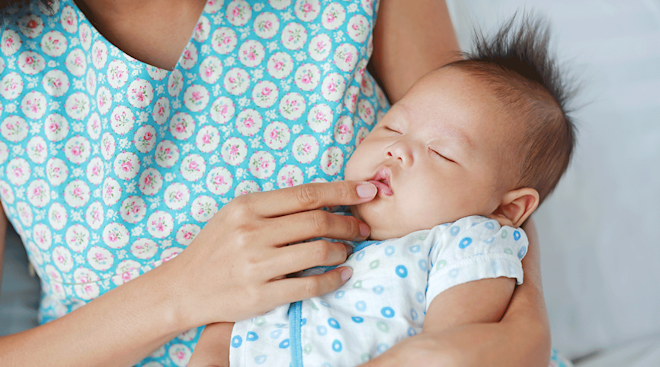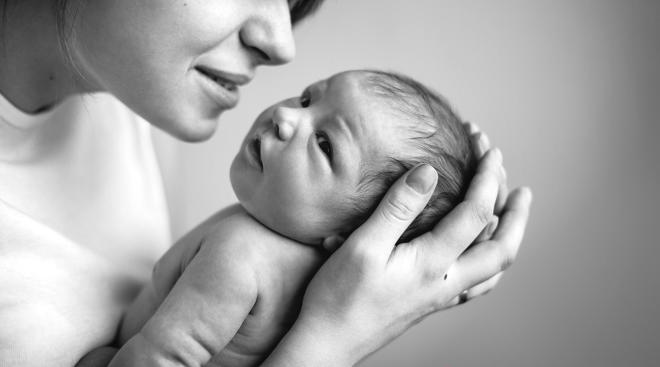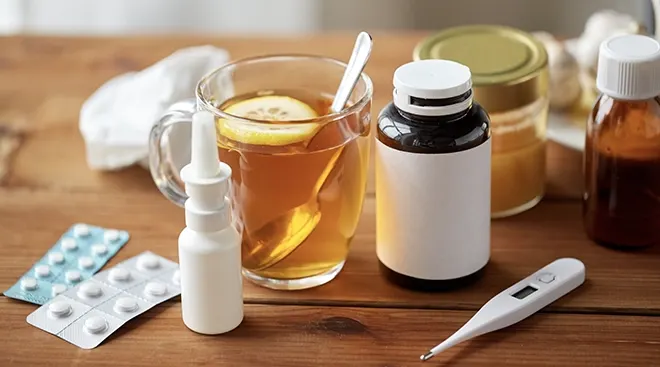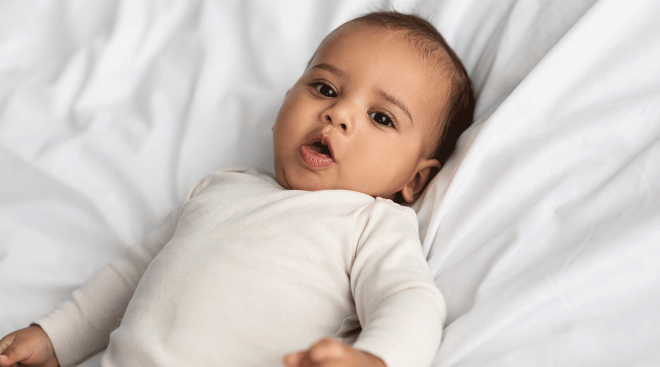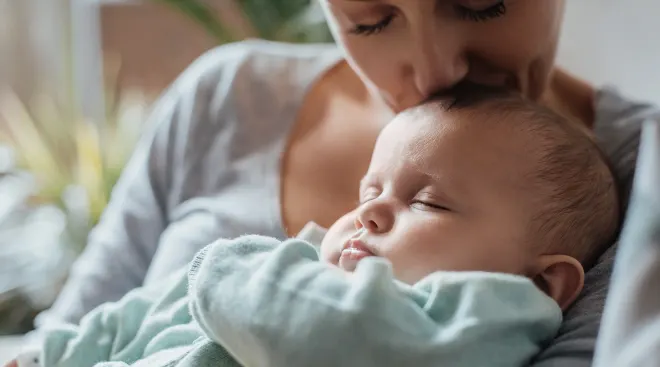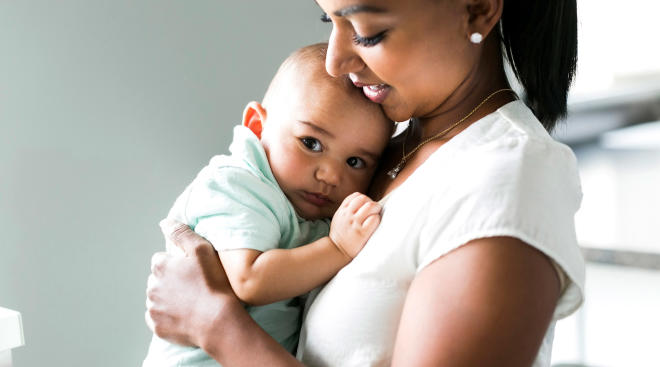Lyme Disease in Children: How to Protect Kids Against Ticks
When the weather turns warm, kids love running around outside and playing in the grass. But in the summer months, one of the biggest reasons parents call our offices is to ask about tick bites on kids and how to avoid Lyme disease. Here, we break down everything you need to know about ticks and Lyme disease in children.
Lyme disease is an infection caused by the bite of a deer tick that’s carrying a bacteria called Borrelia burgdorferi. (Note that not every tick is infected with the disease, so just because your child suffers a bite doesn’t mean they’re going to Lyme disease.) Deer ticks can be found in places like grassy areas or marshy regions like near lakes or bodies of water. We tend to see the disease during late spring through early fall, with more than 50 percent of cases occurring in June and July.
In the US, Lyme disease appears mostly in the North East. In addition to Connecticut, where it was named after the town of the same name, Lyme is also common in Delaware, Maine, Maryland, Massachusetts, New Hampshire, New Jersey, New York, Pennsylvania, Rhode Island and Vermont. It can also be found, but not as frequently, in the upper Midwest, such as Wisconsin and Minnesota, and on the west coast, like northern California.
The incubation period from when a child gets a tick bite and when symptoms of Lyme disease occur can vary greatly. Early signs, like the telltale bullseye rash, can be seen anywhere from three to 32 days after the tick bite, but later signs of Lyme disease can happen months after kids are bitten.
Lyme disease symptoms can be divided into three different stages: early localized, early disseminated and late signs. The most common sign of early localized Lyme disease in children is a rash (called erythema migrans) that appears at the site of the tick bite. It typically begins as a red mark and then widens over days or weeks to form a large, red, circular rash, often with a white center that makes it look like a target or bullseye. It’s usually painless and not itchy (although it can be). Other signs of Lyme disease may accompany the rash, such as headache, fatigue, body aches and possibly a fever.
In early disseminated disease, multiple rashes may develop several weeks after the tick bite. Other signs (that may occur with or without the rash) are facial muscle problems, meningitis, fevers, joint pain, muscle pain, headache, fatigue or heart issues.
Finally, late Lyme disease can occur in kids if they’re not treated at an earlier stage. The most common symptom of late Lyme disease in children is arthritis that usually occurs in only one or a few joints, and is especially seen in larger joints like the knees. As a result, the knee can look very swollen. Infections of the eye and nervous system also can occur, although rarely. The good news? Children who receive proper treatment early on usually never have any late signs of disease.
If you suspect your child has Lyme disease, take them to see the pediatrician. Based on your child’s symptoms, your pediatrician may prescribe an antibiotic; the type of antibiotic and duration of treatment depend on your child’s symptoms and if they have any allergies to medications. If your kiddo doesn’t have the classic bullseye rash, your pediatrician may want to do a blood test to check if your little one has the antibodies to the Lyme bacterium. If it’s positive, your pediatrician will treat with antibiotics. However, it takes a while for the body to generate antibodies to fight the illness, so blood tests are most accurate about four weeks after infection.
If you live in or are visiting an area with Lyme disease, do nightly tick checks on your child and remove an attached tick as soon as possible.
How to check for ticks
We recommend checking kids for ticks before bathtime, since your child has to be naked and be checked from head to toe! Ticks can often be found in easily missed places like behind the ears, in between toes, on the head or along the hairline, so be sure to check those areas. In order to transmit Lyme disease, it’s thought that ticks have to be attached for more than 36 hours, so by checking every night, you can spot and remove the tick before any transmission can occur.
How to remove a tick
The American Academy of Pediatrics (AAP) recommends removing a tick by using a fine-tipped tweezer. Grasp the tick with tweezers as close to the skin as possible, being careful not to squeeze the tick too hard, and pull it upward with steady pressure and off your child. You can also buy specific tick removal tools that may make it easier to correctly remove the tick. Be sure to clean the area afterwards with soap and water or rubbing alcohol. The area may look a little irritated from the tick bite.
How to protect kids from tick bites
Here, our top tips to help prevent tick bites on kids:
• Dress your child in light-colored clothing so it’s easier to spot ticks; they should also wear pants and long-sleeved shirts, a hat and closed-toe shoes when playing in an area where ticks may be present
• Use insect repellent, such as DEET (it’s approved for babies over 2 months old, but don’t use a product with more than 30 percent DEET) or permethrin
• If you find a deer tick on your child that’s been on for more than 36 hours and it’s been removed for less than 72 hours, call your pediatrician to discuss giving your child a one-time dose of an antibiotic called doxycycline, which is now recommended for kids of all ages to reduce the risk of getting Lyme disease after a tick bite.
Meet Dina DiMaggio, MD, and Anthony F. Porto, MD, MPH, official spokespeople for the American Academy of Pediatrics and the co-authors of The Pediatrician’s Guide to Feeding Babies and Toddlers. They write about the latest AAP guidelines, studies and seasonal issues affecting babies and toddlers. Follow them on Instagram @pediatriciansguide.
Updated July 2019
Please note: The Bump and the materials and information it contains are not intended to, and do not constitute, medical or other health advice or diagnosis and should not be used as such. You should always consult with a qualified physician or health professional about your specific circumstances.
Navigate forward to interact with the calendar and select a date. Press the question mark key to get the keyboard shortcuts for changing dates.

































